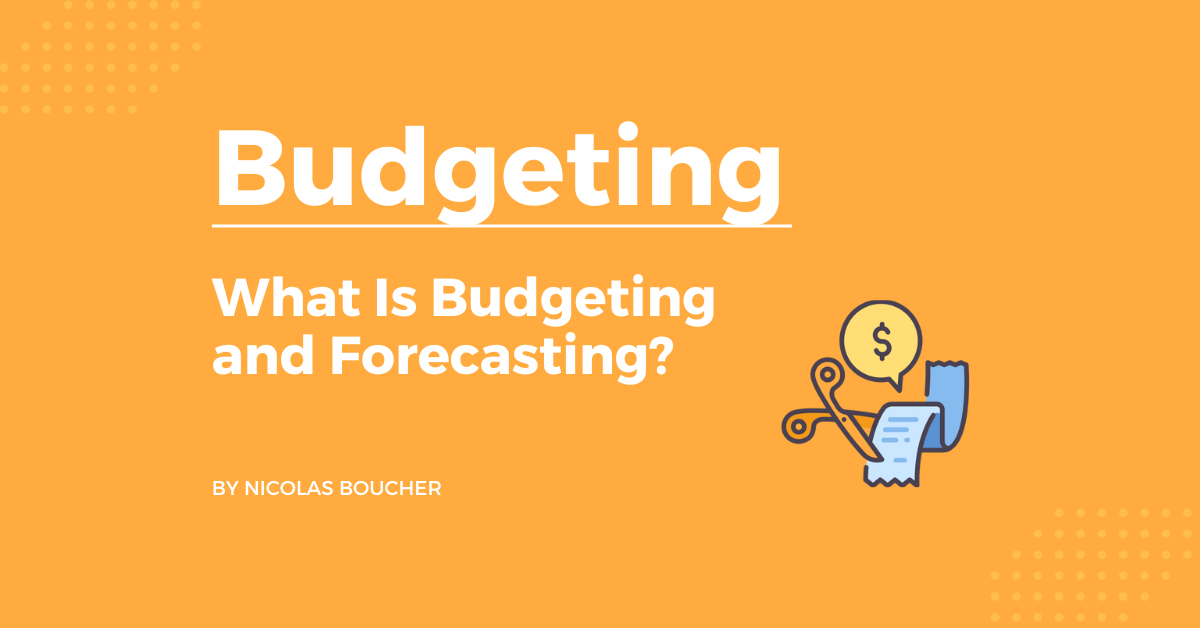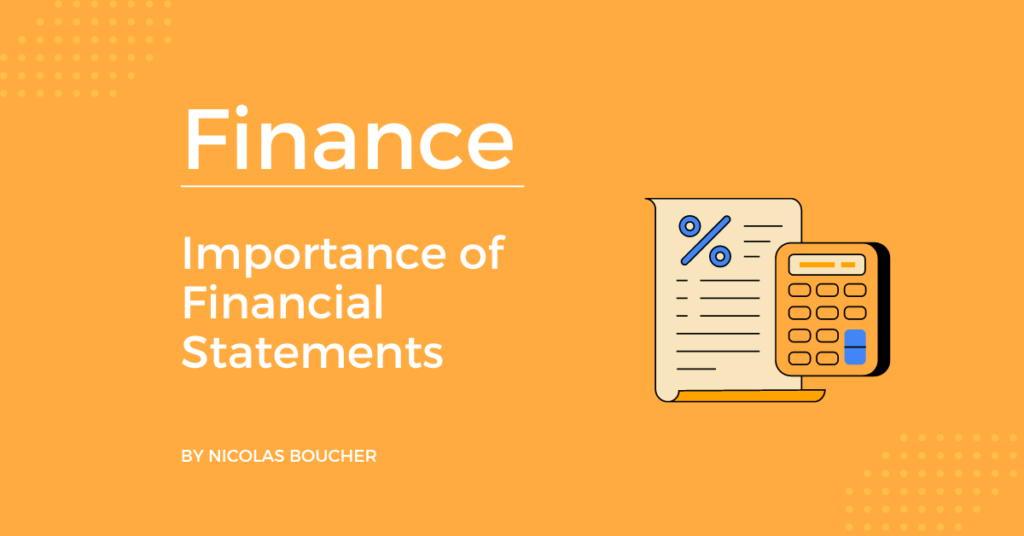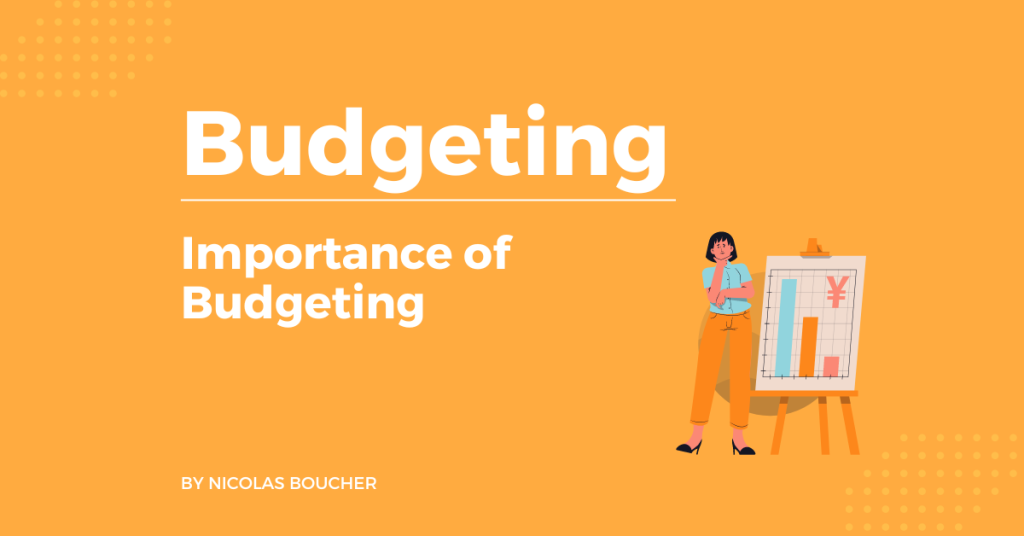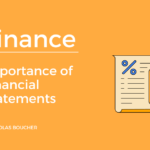Budgeting and forecasting are crucial parts of financial planning and analysis (FP&A), and it requires a thorough understanding of your organization’s financial goals (like revenue), resources, and expectations.
Whether you are creating a budget for the first time or looking to improve your existing budgeting process, this comprehensive guide will provide you with the tools and techniques you need to succeed.
Table of Contents
Key Definitions and Concepts of Budgeting and Forecasting
Before we dive into the budgeting process, it’s important to understand some key definitions and concepts.
- Budget: A budget is a detailed plan that outlines an organization’s financial resources and expenditures over a specific period. It serves as a roadmap for achieving financial goals and helps to identify and allocate resources in a way that supports the organization’s overall strategy.
- Forecasting: Forecasting is the process of estimating future financial performance based on past performance, industry trends, and other relevant data. It is an important part of budgeting because it helps organizations anticipate and plan for future expenses and revenues.
- Variance analysis: Variance analysis compares actual financial performance to the budgeted or forecasted performance. It helps organizations identify deviations from the budget and understand the causes of those deviations.
A Step-by-Step Guide to Creating A Budget
Creating a budget is a multi-step process that requires input from various departments and stakeholders. Here is a general outline of the budgeting process:
- Set financial goals: Before you can create a budget, you need to know what you are trying to achieve. Work with your management team to identify the key financial goals for your organization. Such as increasing revenue, reducing expenses, or improving profitability.
- Gather and analyze data: To create a realistic budget, you’ll need to gather and analyze data on your organization’s financial performance, industry trends, and economic conditions. This will help you forecast expenses and revenues and identify potential risks or opportunities.
- Create a budget template: Once you have gathered and analyzed your data, you’ll need to create a budget template that outlines your organization’s various income and expense categories. This will serve as a framework for building out your budget.
- Allocate resources: Based on your financial goals and data analysis, allocate resources to each category to support your overall strategy. Ensure to consider CapEx, fixed expenses, such as rent or salaries, as well as variable expenses, such as marketing or travel.
- Review and revise: As you finalize your budget, ensure to review it with all relevant stakeholders and revise it. Remember that your budget is a living document that should be reviewed and updated regularly to reflect changing circumstances.
Advanced Budgeting and Forecasting Techniques
Once you have a solid understanding of budgeting basics, you may consider incorporating some advanced techniques into your process. Here are a few options to consider:
Rolling Forecasts
A rolling forecast is a continuous process of updating and revising your budget based on actual performance and new data. Rather than creating a single budget for the entire year, a rolling forecast makes more frequent and accurate updates.
Scenario Planning
Scenario planning is a technique that involves creating multiple budget scenarios based on different assumptions or outcomes. This can be helpful in situations with a high level of uncertainty or risk. Why is that? Because it allows you to plan for a range of potential outcomes.
Zero-Based Budgeting
This budgeting technique involves starting from a “blank slate” and building up a budget based on the specific needs and goals of the organization. In other words, rather than starting with the previous year’s budget and making adjustments, a zero-based budget is created from scratch, with all expenses and revenues being justified on their own merit.
One of the key advantages of zero-based budgeting is that it forces organizations to thoroughly review and justify all expenses rather than simply carrying over budget items from the previous year. This can lead to more efficient use of resources and can help identify areas where cost savings can be made.
However, zero-based budgeting can also be time-consuming and may require more upfront investment in data gathering and analysis. Also, it is more difficult to implement in organizations with a large number of fixed expenses or that have not used this technique.
Overall, zero-based budgeting can be a useful tool for organizations that want to take a more strategic and proactive approach to budget. It may not be suitable for all organizations, but it can be a valuable addition to any FP&A toolkit.
The Bottom Line – Budgeting and Forecasting Is The Key to Success
Organizations may generate more accurate financial reports and analytics, resulting in more accurate forecasting and, eventually, higher revenue development by developing and putting into practice a strong planning, budgeting, and forecasting strategy. In the current business climate, when disruptive rivals are joining even the most established industries, its significance is even bigger.
If you want to learn more about FP&A, budgeting, forecasting, as well as other finance topics, you can take my course.











